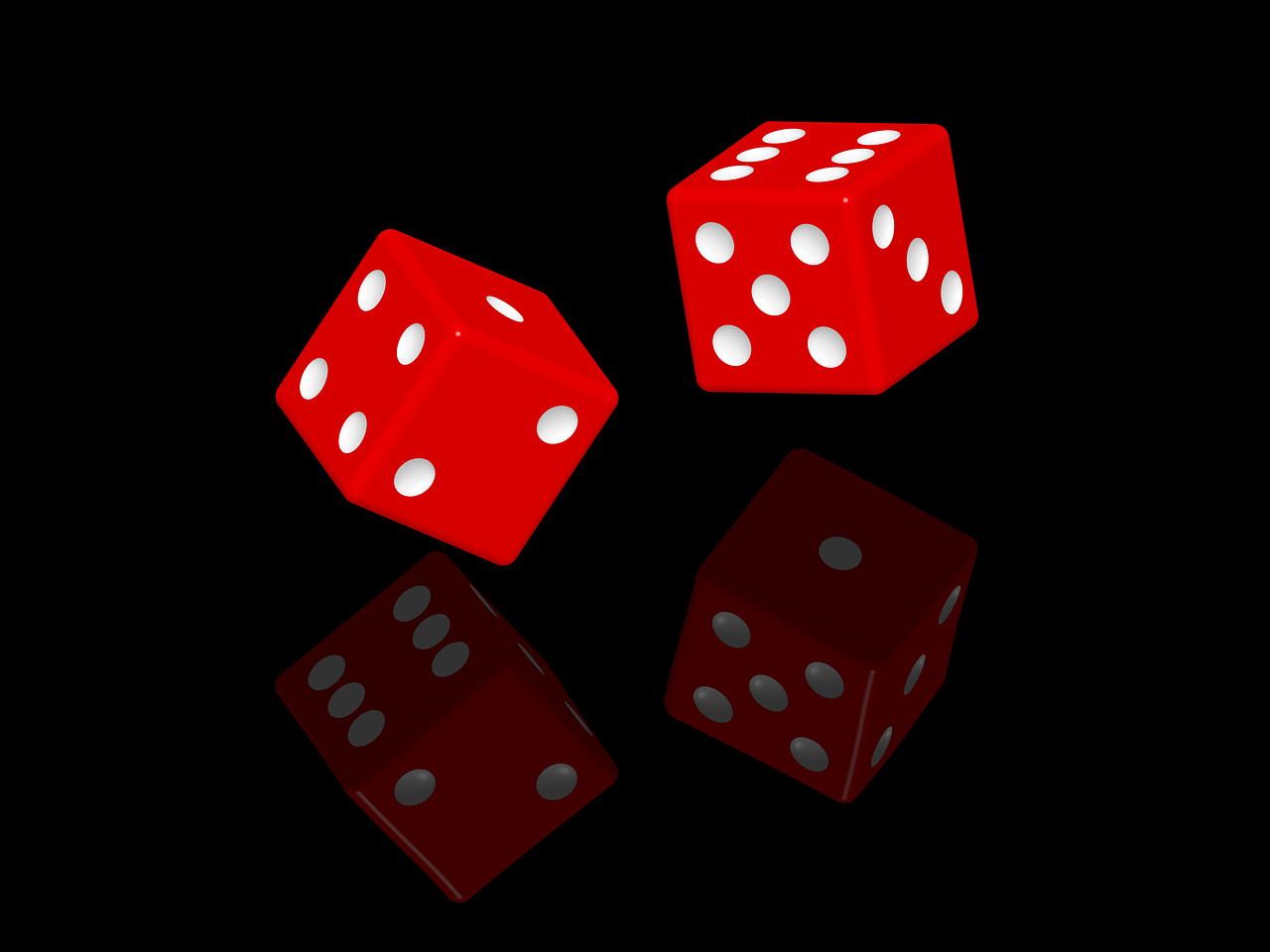
Playing Online Craps in Poland

Image by Andrew Martin from Pixabay
Where it started
Playing craps or shooting dice had its origins in Europe. However, the dice game we know now was developed in the USA as a simplified version of the European game of Hazard. Dating back to the Crusades, Hazard came to New Orleans from London in approximately 1805. Although in Hazard, the dice shooter may choose any number between five and nine to be his main number, the simplified version meant that this was always a seven. While the young gambler who came up with the new concept came from a wealthy background, it did not find popularity with the Americans of his social class. He, therefore, played it with the local deckhands and field hands who played it amongst themselves and carried the game up the Mississippi River and beyond.
Bank Craps
Bank craps, also known as Casino Craps, is played when one or more players bet against the casino rather than against their fellow players. By the time it made it to the casinos, the dice had been firmly fixed to be the bank's favor. Then in 1907, a new layout for the table was invented. The design featured betting options for Don't Pass as well as Pass. This disincentivized casinos from using unfair dice. The game of Craps was switched back to a level playing field. Virtually all modern casinos follow this way of playing, as do online casinos.
World War II
With GI's headed to Europe in World War II, the game got introduced back to the continent in its simplified version. With most young Americans of every social class being drafted into the military, it also cut across the old class divide. Dice were easy to carry around and less likely to get lost or damaged than a pack of cards. The service members played the original street version of the game, betting against each other for whatever they could get their hands on. As the Allied troops fought together, they also socialized together, leading to cultural exchanges, including music, gaming, and other forms of entertainment.
After the war, full of military memories, veterans were still keen to play the dice games they had played with their comrades. Craps and variants of it became the dominant casino game in Vegas, the Caribbean, and across the casinos of western Europe. Some of the Allied troops found themselves in countries behind the iron curtain where gambling was outlawed until 1989, but street craps and card games were still played.
Gambling Ban
Poland, for example, had had a vibrant casino scene, but all that came to an end when it was annexed by the Soviets. Many of the casinos in the seaside resorts of places like Sopot had been destroyed by Red Army shelling during the war, and they could not reopen. One shipping company found a loophole in the law and began offering various types of gambling on its ferries that went backward and forwards to Scandinavia. As a result, the ferries became popular tourist destinations in their own right.
Opening Up Again
The late 80s and early 90s were the peak time for gambling in Poland, as there was virtually no regulation on how casinos could operate. The law simply said that casinos must apply for a license and that cities with under 250,000 people could only have one casino. The regulations have since changed a good deal, particularly with the introduction of online casinos in Poland. With craps and dice games firm favorite amongst casino goers, it was an obvious move to include them in the online casinos that sprung up worldwide.
Gambling in Poland is regulated by the Ministry of Finance, including any online sites. The laws were recently updated. However, Polish players also have opportunities to play craps online at many offshore and international sites. It remains to be seen if gambling laws will be relaxed to be more like those across other EU countries.


